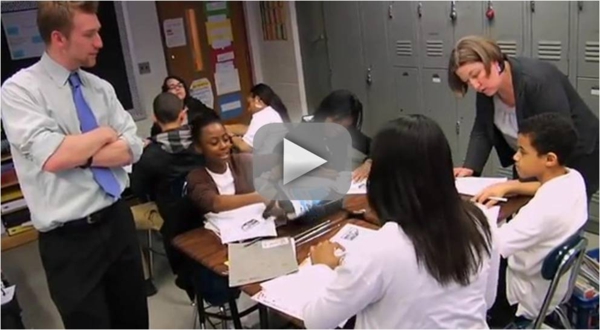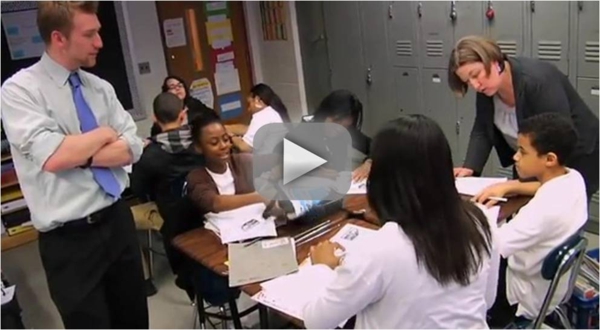Students of all ages and interests share common experiences while in school. Every student has classes they love and one or two they hate. The classes that students love are always taught by a dynamic and popular teacher with a passion for their particular subject which is often shared by the students. This is a good starting point for an educational video.
Understanding the Target Audience
Video production must begin with the target audience in mind. This helps create content the audience will find interesting and benefit from watching. The videomaker will know how important production values are to this audience and what kind of teacher they will relate to the best. The videomaker must answer these questions before beginning the production.

- What interests this particular group of people? Picking the subject will help narrow down the choices to present the information on the video.
- Who would they respect or be excited about as the teacher? This person is necessarily an expert in their field and comfortable in front of a camera.
- How important to them are the production values? The video must look professional since it is easier to achieve high production values at a modest expense today. It must at least match the production values of the competition.
This applies to work-for-hire projects involving a corporation or a general product for distribution on the open market or something made for students at a local community college.
Planning the Narrative
Break the narrative down into scripted segments so that the video crew and the teacher can understand the details of the production. It is a good practice to use this script to create a storyboard. This is a physical representation of what each scene in the video will look like. It is okay to do this by hand with index cards or with a PowerPoint presentation. Creating and arranging these will help the production plan take shape and make things run much more smoothly.
Planning the Production
The videomaker must make decisions about people, places, and things for use in the video. Keep in mind that although an educational video may take place primarily in a classroom; there is a need for capturing some video from other places to make a point during the narrative.
- Assemble the crew for shooting the video. The minimum crew will be a camera person, a sound operator, and a light person. Some videomakers will prefer to use the camera themselves and not rely on a camera person. It is a good idea to have someone attend the teacher during the shoot since it will be a tough experience for them and the whole production revolves around their performance.
- Decide on the primary shooting locations and obtain clearance for the dates of the video shoot. Double check this and pick a backup location just in case something happens at the last minute.
- Obtain the camera, sound, and lighting equipment necessary for the video. Get it early and allow some time to familiarize the crew with the equipment. Choose a camera with good low light capability since this is sometimes a problem during video shoots. Prepare everyone to shoot as much extra video as possible since this is vital during the editing process.
- Create a shooting schedule that follows your storyboard, but do not assume things will go smoothly. It is a good practice to under schedule how much to do each day of the shoot. This reduces pressure from the crew and the teacher and builds positive feeling if you manage to get ahead of schedule. There will be days when things are difficult and this type of shooting schedule takes that into consideration. It is easier to shoot extra on a day when things go smoothly than to force things on a day when everything seems to go wrong.
This article was contributed by CD Technical who specialize in digital distribution solutions and helping educational video makers with streaming video services and distribution.

